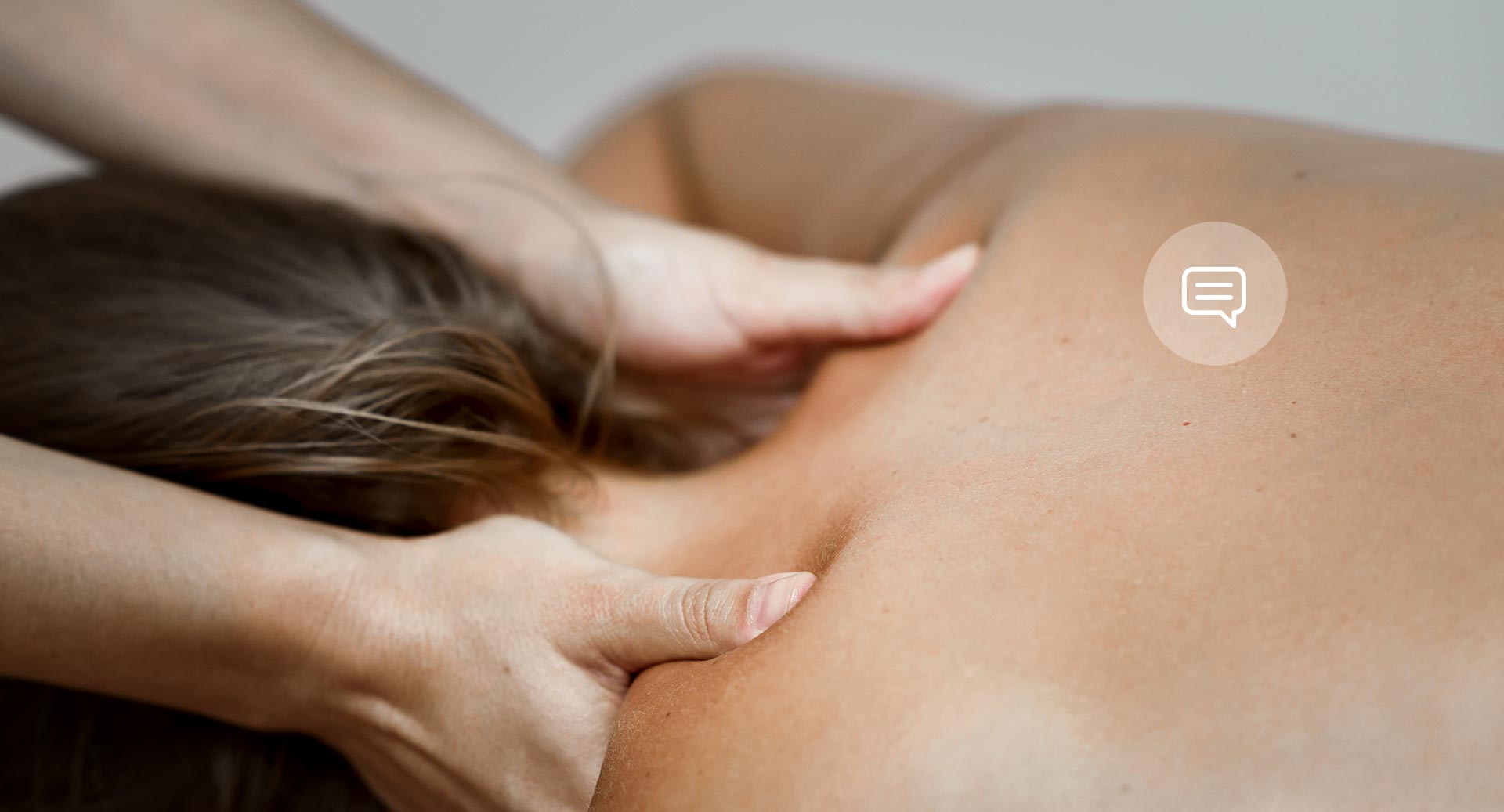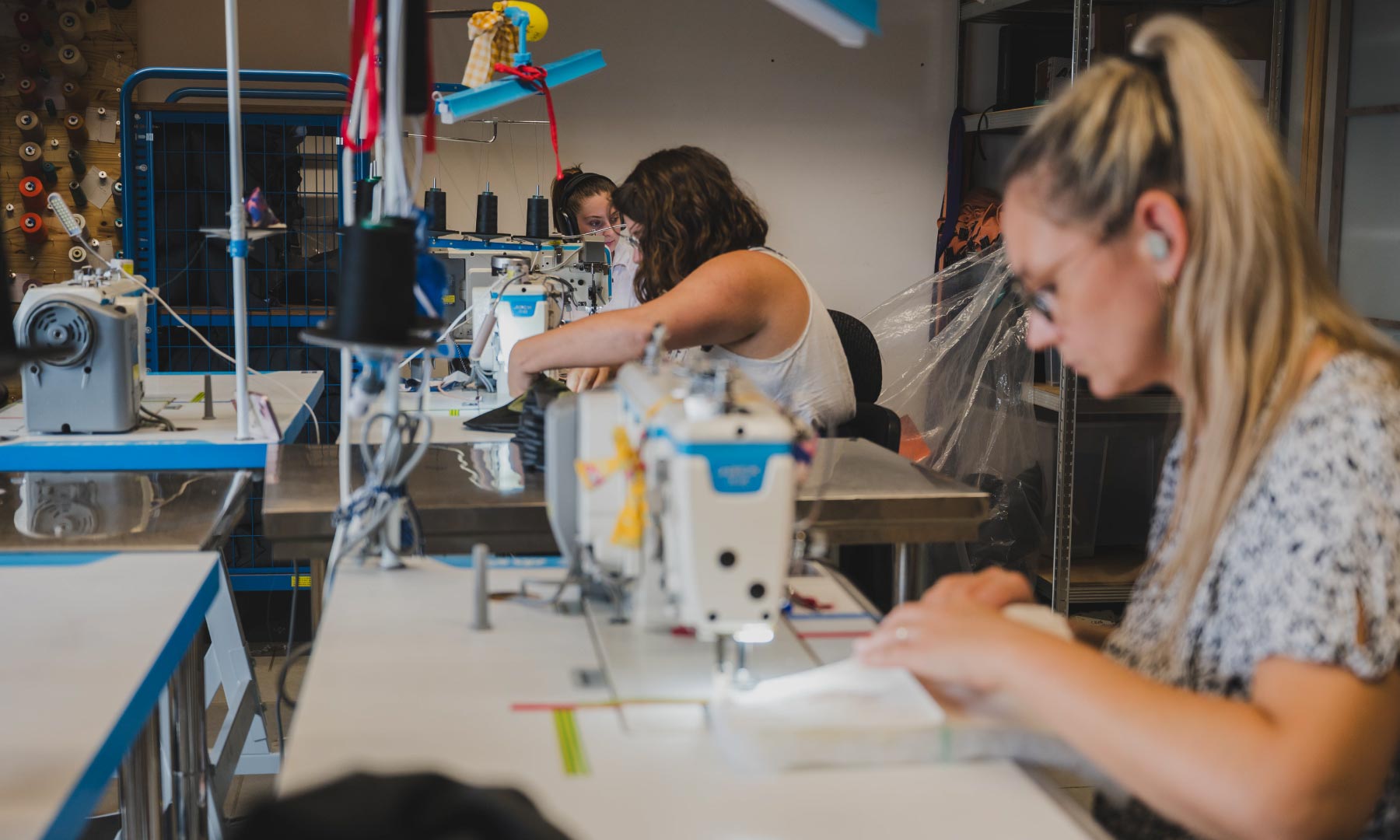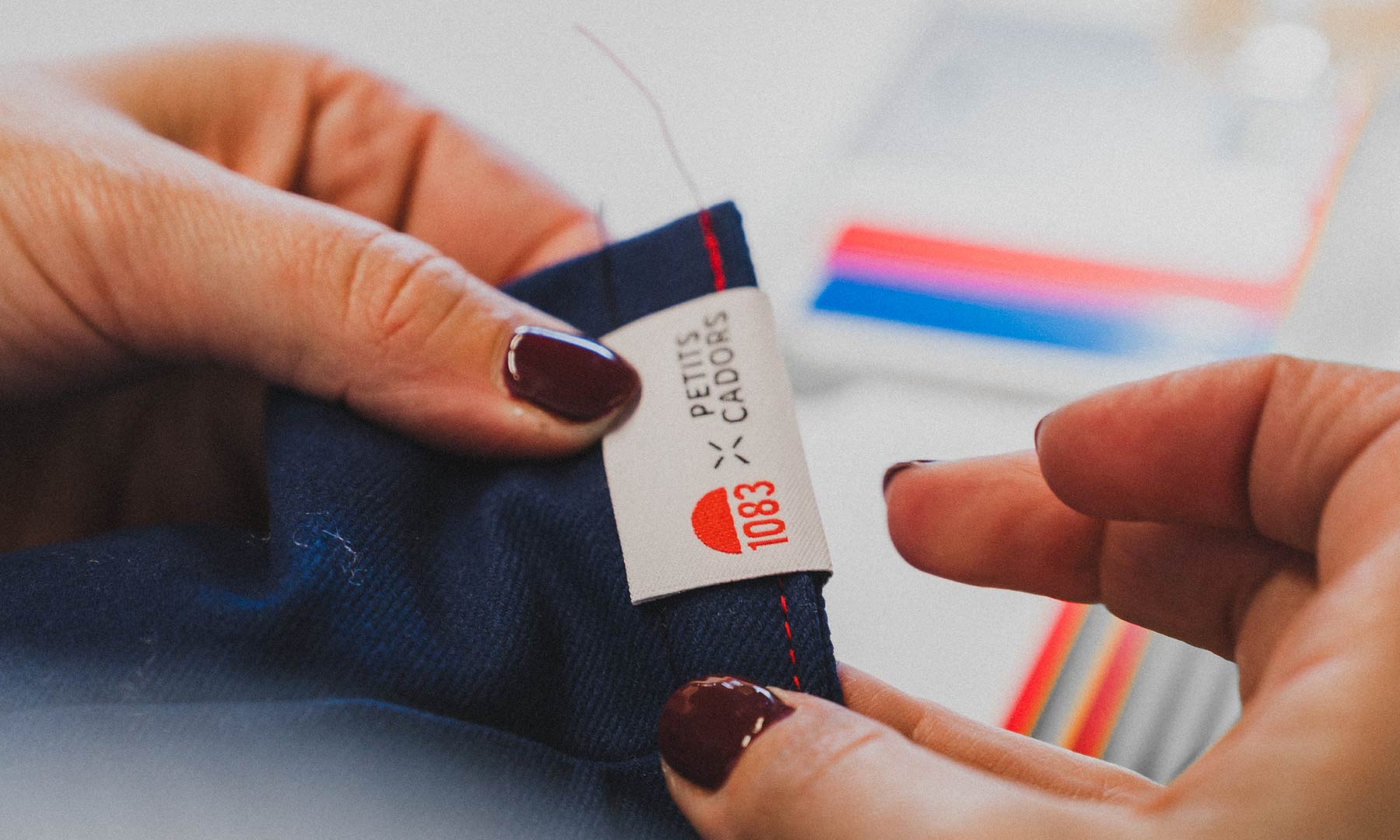A few months ago, we received a message from Madeline Bruyere, physiotherapist.
She contacted us spontaneously because several of her patients told her about our products. We suggested that she test ISIDOR and SALVADOR so that she could talk about it with them and give us her impressions with her professional perspective in the medical field. Interview!
Hello Madeline, can you introduce yourself in a few words?
My name is Madeline Bruyere , I have been a masseur-physiotherapist since 2010. I work privately with a very diverse patient base ranging from babies, whom I see for congenital torticollis, to elderly people who must learn to use a walker , including the young athlete who ruptured his cruciate ligaments and who must undergo rehabilitation. I also trained in hypnosis, foot reflexology, urogynecology, manual therapy and yoga. In fact, I make sure I do everything I can to make my patients feel better.
So firstly, in terms of comfort, it's great! Without immediately talking about a medical point of view, I find that we are really well established and I really appreciated it. I told myself that it was probably because, as it is attached by the strap and the carabiner, it holds on by itself; we just have to lay our heads down and relax. When we take a sweater and put it in a ball or a classic pillow that we hold against the window, instead of being relaxed, we sleep in tension.
Not putting yourself under tension to hold the cushion changes everything. I remember when I drove for hours when I was little, my head would always end up sliding because the cushion would fall and my skull would end up against the window. With ISIDOR, this does not happen and we therefore avoid experiencing micro-shakes. They are absorbed by the cushion and are therefore not transmitted to the body through the bones and joints. As the head is well positioned, you are much less shaken than with a basic car cushion. And what's more, the head doesn't go left and right when cornering.
Can you tell us what is happening with ISIDOR from a physiological point of view?
The neck and cervical areas are much better supported. The berlingot shape of the pillow hugs the hollow of the neck, so the cushion sits well on the shoulder and therefore the head is much less tilted than on the small “neck” cushions. With ISIDOR, the head tilt is very slight, the cervical spine is not completely offset from the dorsal spine. It is a slight inclination which remains physiological and therefore does not become painful during the journey.
So there is a link with the structure of the body and in particular the spine?
In general, we must strive to respect the physiological curvatures of the spine. Indeed, if you sleep on your back for example, it is better to have a pillow that is not too big under your head so as not to amplify cervical lordosis (curvature).
However, sleeping without anything would not be good either because the curvature should not be erased either.
Likewise, it is preferable to maintain the alignment of the vertebrae in the frontal plane (front or back view). We also advise if you sleep on your side to compensate for the natural height between the head and the shoulder. The lower the inclination, the less tension and therefore, potentially, pain is created.
As ISIDOR fills the space between the head and the shoulder, we really limit the appearance of pain in the neck and we feel a greater feeling of comfort.
So it's a question of amplitude?
At the body level, when we are in an extreme position or inclination, we create a significant stretch of the muscles which can quickly cause pain. We often feel it too late, when we relax the muscle and it seems stiff. Pain can also occur in the muscles but also in the tendons, since the tendons are the tissues that attach the muscles to the bones. At the joint level, we are talking about pinching, especially in the vertebrae. Although the spine is quite mobile, our body is not designed to stay in positions where our vertebrae are tilted for a long time. For example, we can turn our heads to the left or right for practical reasons but we are not supposed to stay in these positions for a long time. The problem, when you fall asleep in a car, is that this duration can be long and if you are not properly seated, you can create pinching or paresthesia phenomena (tingling, tingling, numbness).
What happens when we fall asleep?
When you fall asleep, the first thing to say is that you don't go into an "off" position like an object that you unplug. On the other hand, there is a great relaxation at the muscular level. We see very clearly, for example, that the head falls quickly with the loss of muscular control. Hence the importance of being well positioned and supported before falling asleep to limit the number of tensions that can be created during sleep.
For all our joints, we have a defined range of motion specific to each one. Our shoulder has a large range of motion while a phalanx has a single direction of inclination with a very limited range. But for all of them, there are average amplitudes that we are used to using and extreme amplitudes. These are not made to be held during long positions.
If we come back to the road, if we combine a bad position which generates tension and micro-shakes which cause muscle micro-contractions, we obtain a cocktail which is probably quite bad for the body.
Do you see another advantage to ISIDOR?
In the car there are also other phenomena which can accentuate pain and which ISIDOR helps to avoid. When it's hot, we tend to use the air conditioning or open the windows. Fresh air, even cold, greatly encourages the appearance of muscular tension because the body contracts. Air conditioning alone can trigger stiff neck. If, in addition, we are in a joint position with extreme amplitude, the risk of reflex contraction and therefore pain is greater. With ISIDOR, the body being well supported and the head being placed in the hollow of the cushion, you are better protected, the neck muscles warm.
You also tested SALVADOR. With your physiotherapist perspective, can you tell us about the advantages of using screens?
Today we spend a lot of hours in front of screens. On the computer to work, in front of the TV or console or simply using your Smartphone. Often, we are poorly installed and it is to the detriment of our necks. Screens are omnipresent in our daily lives and if we can offer objects that allow us to be better supported, it is a very good thing to avoid pain and musculoskeletal disorders. We remain within physiological joint ranges whether at the passive level, when falling asleep in the car with ISIDOR, or at the active level, for example by writing an SMS with a SALVADOR behind the neck.
Madeline, thank you very much for these explanations!
* Madeline Bruyere's comments are her own as a user of our products and cannot represent the opinion of all physiotherapists or other health professionals.








